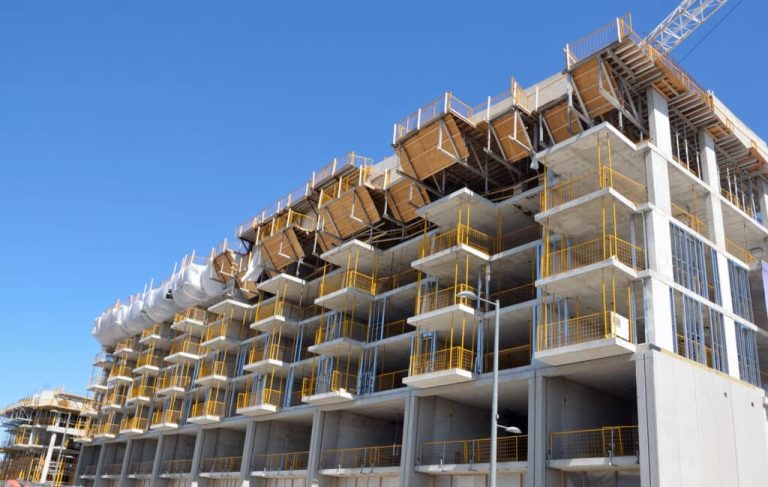The need for affordable housing is a critical concern in numerous communities across the globe. With the growing demand for cost-effective living spaces, it’s essential to consider innovative methods that can efficiently address this issue. One such method is design-build construction, which presents a reliable solution for creating sustainable and affordable housing options.
In this article, we’ll discuss the advantages and aspects of using design-build construction for affordable housing and emphasize its potential to establish thriving communities while fulfilling the requirements for accessible and high-quality homes.
The Need for Affordable Housing
Affordable housing is crucial in ensuring that individuals and families can access secure and suitable living environments, regardless of their income. However, the demand for such housing often exceeds the available supply, resulting in housing instability, overcrowding, and financial difficulties for numerous households. Design-build construction can help close this gap by offering an effective and budget-friendly method to develop affordable housing projects.
Streamlined Collaboration and Project Efficiency
Design-build construction fosters cooperation and communication between design and construction teams from the beginning of the project. This integrated approach enables early involvement from all stakeholders – including architects, contractors, and developers – which promotes a comprehensive understanding of project goals and requirements.
By uniting various experts under one umbrella, design-build simplifies decision-making processes, minimizes potential conflicts, and expedites project timelines. These efficiencies lead to cost savings, allowing developers to deliver affordable housing projects quickly and effectively.
Sustainable and Energy-Efficient Solutions
Design build construction places significant emphasis on sustainability, making it an ideal method for affordable housing projects. Incorporating energy-efficient design principles – such as using renewable materials, improving insulation, and including energy-saving appliances – can considerably decrease operating expenses for residents.
Moreover, design-build teams can integrate eco-friendly technologies like solar panels, rainwater collection systems, and efficient HVAC systems to further reduce environmental impacts while enhancing the long-term sustainability of affordable housing projects.
Community-Centric Design
Design-build construction offers a fantastic opportunity to create affordable housing that is tailored to the community’s needs and wants. By involving community members in the early stages of design, developers can incorporate features that encourage a sense of community, like shared spaces, recreational areas, and communal gardens.
These elements help create a feeling of belonging and promote social interactions among residents, contributing to overall well-being and a stronger community spirit within affordable housing projects.
Financing and Funding Considerations
When it comes to affordable housing, securing financing and funding is often a critical factor. Design-build construction can offer advantages in this regard as well. By providing a collaborative and transparent process, design-build projects can attract financial institutions and government agencies that are supportive of affordable housing initiatives.
Additionally, design-build’s ability to streamline project timelines and control costs can make affordable housing projects more financially viable, attracting investors and sponsors who are passionate about addressing the affordable housing crisis.
Design-build construction is a compelling solution for addressing the urgent need for affordable housing options. Merging collaboration, efficiency, sustainability, and a community-focused approach, design-build projects offer safe, cost-effective, and environmentally friendly housing choices for people from all income levels.
By leveraging the benefits of design-build construction, policymakers, developers, and community stakeholders can join forces to build inviting and inclusive communities where everyone has access to quality homes.

